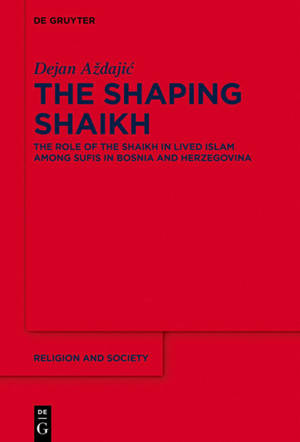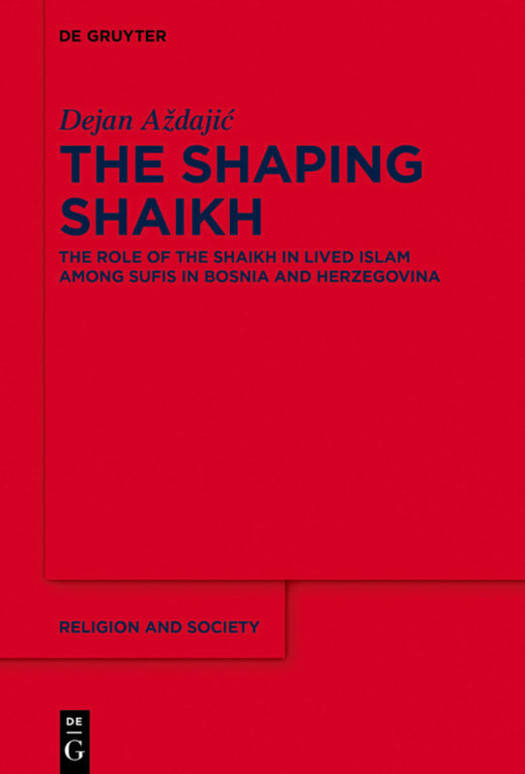
- Retrait gratuit dans votre magasin Club
- 7.000.000 titres dans notre catalogue
- Payer en toute sécurité
- Toujours un magasin près de chez vous
- Retrait gratuit dans votre magasin Club
- 7.000.0000 titres dans notre catalogue
- Payer en toute sécurité
- Toujours un magasin près de chez vous
The Shaping Shaikh
The Role of the Shaikh in Lived Islam Among Sufis in Bosnia and Herzegovina
Dejan AzdajicDescription
Islam is more than a system of rigid doctrines and normative principles. It is a diverse mosaic of subjective, often contradictory interpretations and discrepant applications that prohibit a narrow, one-dimensional approach. This book argues that to uncover this complex reality and achieve a more accurate understanding of Islam as a lived religion, it is imperative to consider Islam from the point of view of human beings who practice their faith. Consequently, this book provides an important contribution through a detailed ethnographic study of two contemporary Sufi communities.
Although both groups shared much in common, there was a fundamental, almost perplexing range of theological convictions and ritual implementations. This book explores the mechanism that accounts for such diversity, arguing for a direct correlation between Sufi multiformity and the agency of the spiritual leader, the Shaikh. Empirical research regarding the authority by which Shaikhs subjectively generate legitimate adaptations that shape the contours of religious belief are lacking. This study is significant, because it focuses on how leadership operates in Sufism, highlighting the primacy of the Shaikh in the selection and appropriation of inherited norms.
Spécifications
Parties prenantes
- Auteur(s) :
- Editeur:
Contenu
- Nombre de pages :
- 294
- Langue:
- Anglais
- Collection :
- Tome:
- n° 85
Caractéristiques
- EAN:
- 9783110675467
- Date de parution :
- 20-01-20
- Format:
- Livre relié
- Format numérique:
- Genaaid
- Dimensions :
- 160 mm x 231 mm
- Poids :
- 544 g

Les avis
Nous publions uniquement les avis qui respectent les conditions requises. Consultez nos conditions pour les avis.






